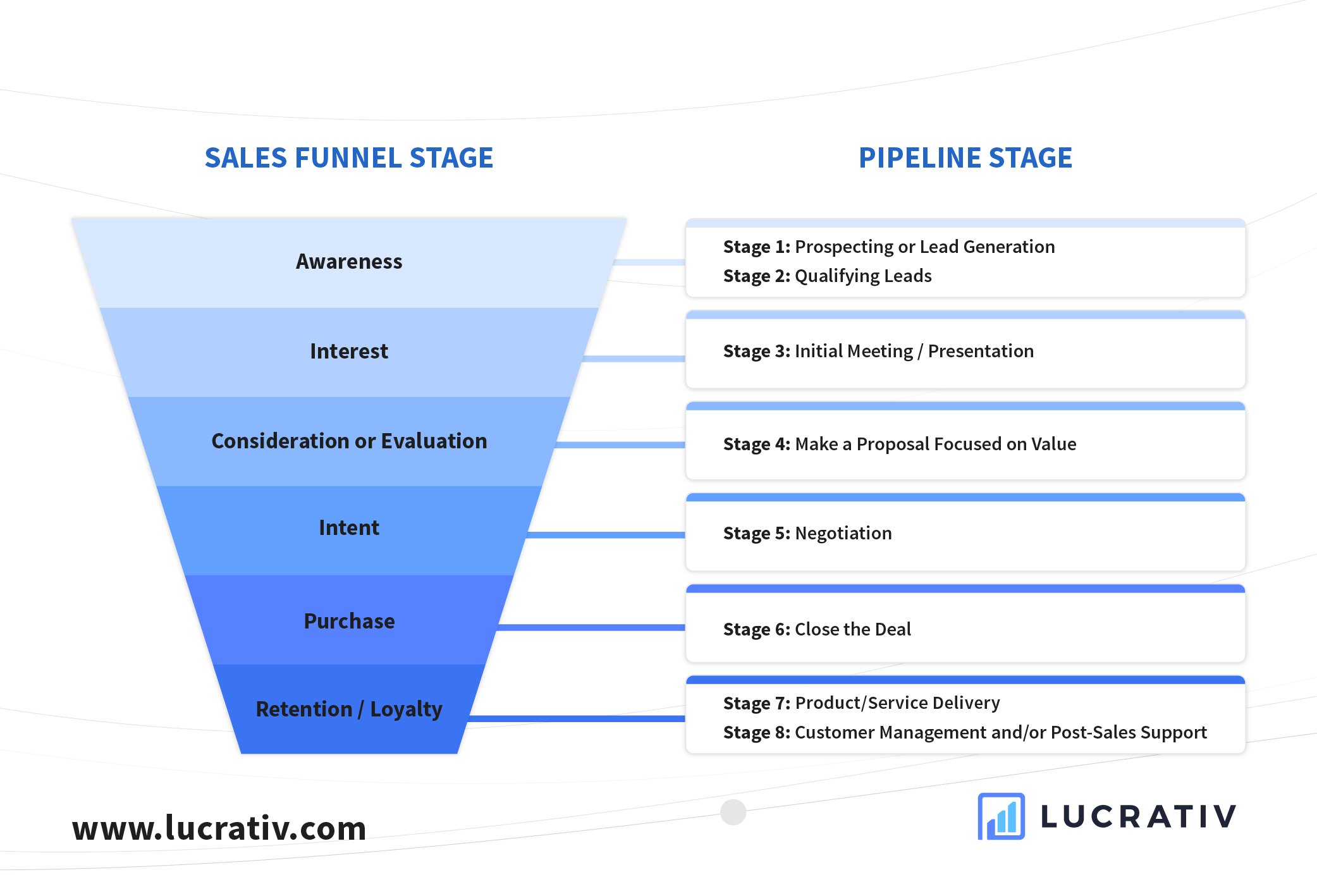
Inside sales is professional sales done remotely or virtually, usually inside an office. (By comparison, outside sales is sales done outside the office. Sales reps go out into the field and meet with prospects face to face.)
With the advent of technology that allows you to work anytime and anywhere, it’s understandable that more and more businesses are relying on inside sales. It’s just more feasible, practical, and more efficient, time and cost-wise.
There are key strategies for successful inside sales, but these strategies are rendered futile without a streamlined process. While inside sales is relatively easier to implement within a team, you still need a very defined process for better conversions.
Remember that your inside sales process is up to you. You need to trust that you know your product/service and market well enough to decide on a sales process that will work for you and the team.
Here are the steps you must have in your inside sales process:
1. Identify your Target
Before anything, it must be clear to you who you wish to target. You ideally want to reach out to prospects who match your Ideal Customer Profile (ICP) and/or buyer personas.
Though your buyer persona is just a fictional representation of your ideal customer, think of your buyer persona as a real person. Besides demographics, consider all his/her needs, interests, buying behaviors, goals, motivations, aspirations, values, and even frustrations. You can even assign a name and a photo to your buyer persona.
2. Research
You want to customize a sales experience for the prospect. Research is important. The web and social media have made gathering intel on prospects much easier.
Know and understand the prospect’s business, industry, competition, pain points, needs, and more. The more you know, the more you can improve and customize the prospect’s sales experience—and increase your chances of closing he deal.

3. Prospect
Finding new customers is how you sustain a business. There are many ways you can find new leads. The tricky part is engaging them enough to”take the bait” with the initial contact.
When generating leads, remember HEM: Harvest, Engage, Market.
4. Qualify
Not all leads are created equal. So you have to decide which leads are worth the effort. Most businesses qualify a prospect based on BANT or Budget, Authority (decision maker), Need, and Timeframe.
Most companies experience high churn rate simply because they did badly in qualifying leads. Qualifying helps increase sales productivity and avoids higher customer acquisition costs.
5. Connect
Make initial contact—or “connect”—with a prospect with a cold call or email. The best approach to this is to personalize your message in the call or email. This is where the research comes in handy. You actually have something valuable and relevant to say in your first contact, which will make all the difference.
Once a prospect responds accordingly, he/she is in the pipeline.
6. Nurture
Nurturing is essentially relationship-building. It’s a process of developing a relationship with your lead, attending to (or “nurturing”) him through every step of his buyer’s journey and at every stage of the sales funnel.

Employing lead nurturing strategies is paramount. One we preach about most often is personalization. (In fact, we’re even all about hyper-personalizing.) Always taking into account where the buyer is in his journey (or in the sales funnel) also makes it a better lead nurturing strategy. You send the right message right when the prospect needs it (to make a decision), and this could lead to a conversion.
7. Present
Presenting is not a norm in inside sales, but presentations and demos can be done for really serious and/or big-ticket prospects. We don’t see why you can’t combine both inside sales and outside sales practices if it results to better win rates. Just make sure the prospect is serious and valuable enough to merit the presentation. Or else it will just be a waste of time.
Your presentation, demo, or pitch must be—you guessed it—tailored to what the prospect needs. It should also be value-driven.
8. Close
If you’re lucky, the discussions go smoothly and the deal is closed. But realistically, do expect some back and forth. Sales reps should be trained to handle questions, objections, hesitations—and negotiate their way into closing the deal.
A necessary skill is active listening. Actively listen to what the client is objecting to and offer the solution to counter the objection.
If and when you close a deal, remember that the work doesn’t end there. The bigger work begins, which is to keep the customer happy so that he/she converts into a loyal customer.
You are probably looking at this list and thinking, “Well, that does look a lot like the usual sales process.” You’re right, it does.
That’s because inside sales is… sales. The thing that makes it different is how it’s performed: virtually and remotely. What will ultimately make a difference in your inside sales processes and efforts is the technology you use so you can do the work where you are, when you want.
You can create the perfect sales process but without proper technology to support it, it’s pointless. Technology makes consistent adherence to processes possible: automating some of the processes—say the nurturing and/or follow-up calls and emails—through a CRM is one way. Automation also helps sales reps perform their other, bigger tasks more efficiently.
A CRM also makes remote collaboration possible. Your team can set up workflows and work together even when in different locations. Sales managers can monitor every rep’s performance and avoid the occurrence of rogue reps.
Suffice to say, any business attempting to build an inside sales structure needs a CRM.
Inside sales and technology go hand in hand. And regardless of how you want to build your inside sales process, besides technology, the other essentials must still be in place: workplace productivity, key sales acceleration strategies, and good management.
Photos from Unsplash. Main photo by Peter van Eijk





